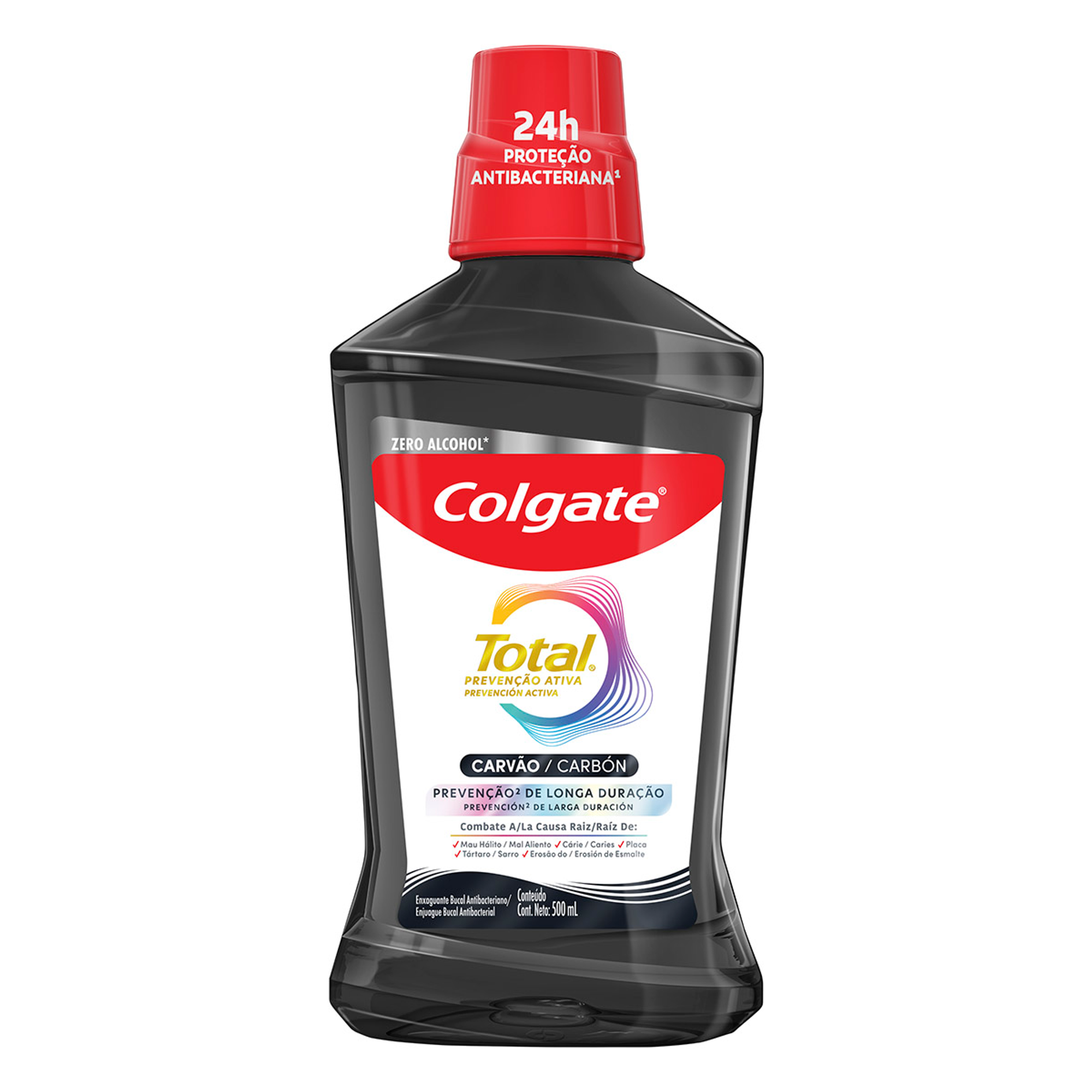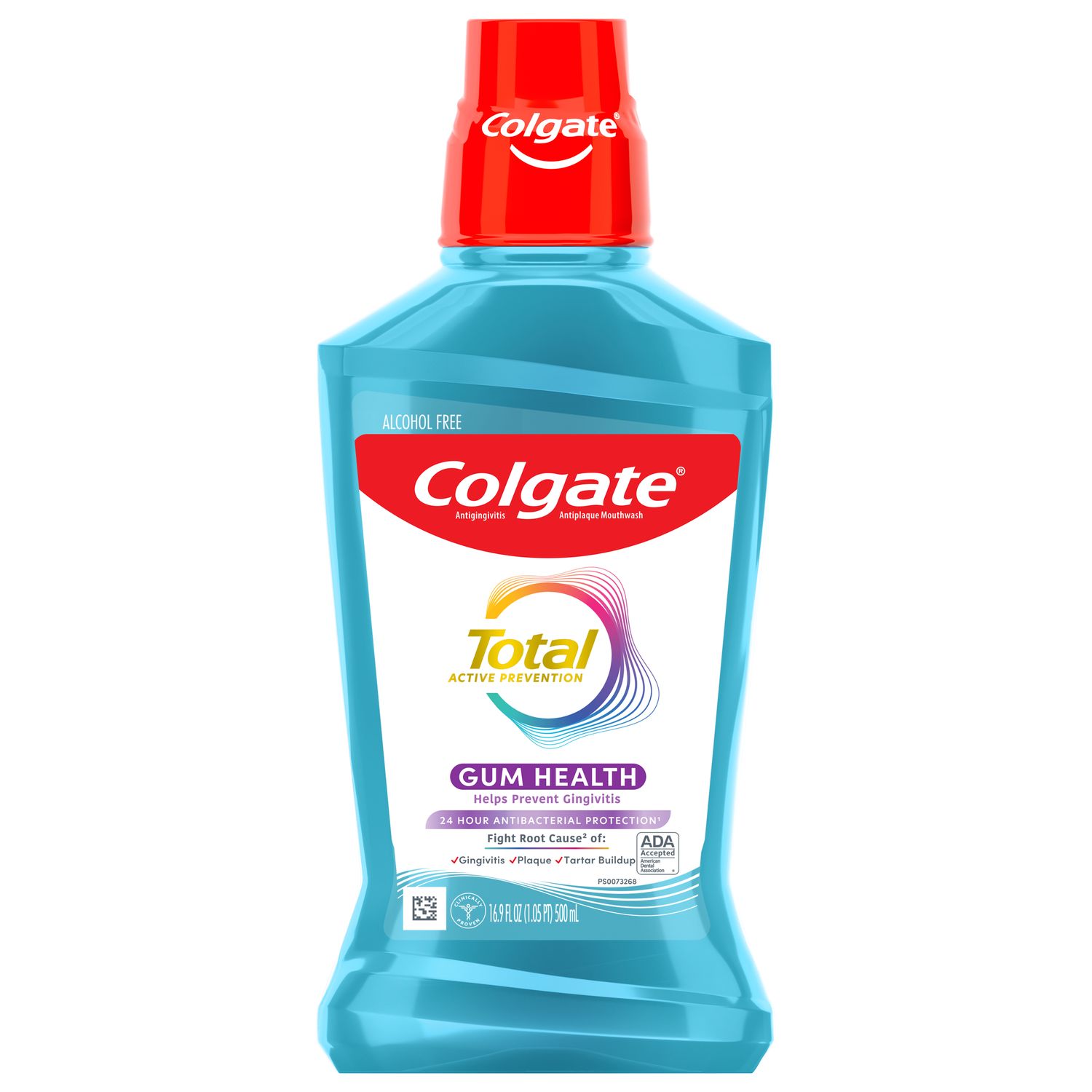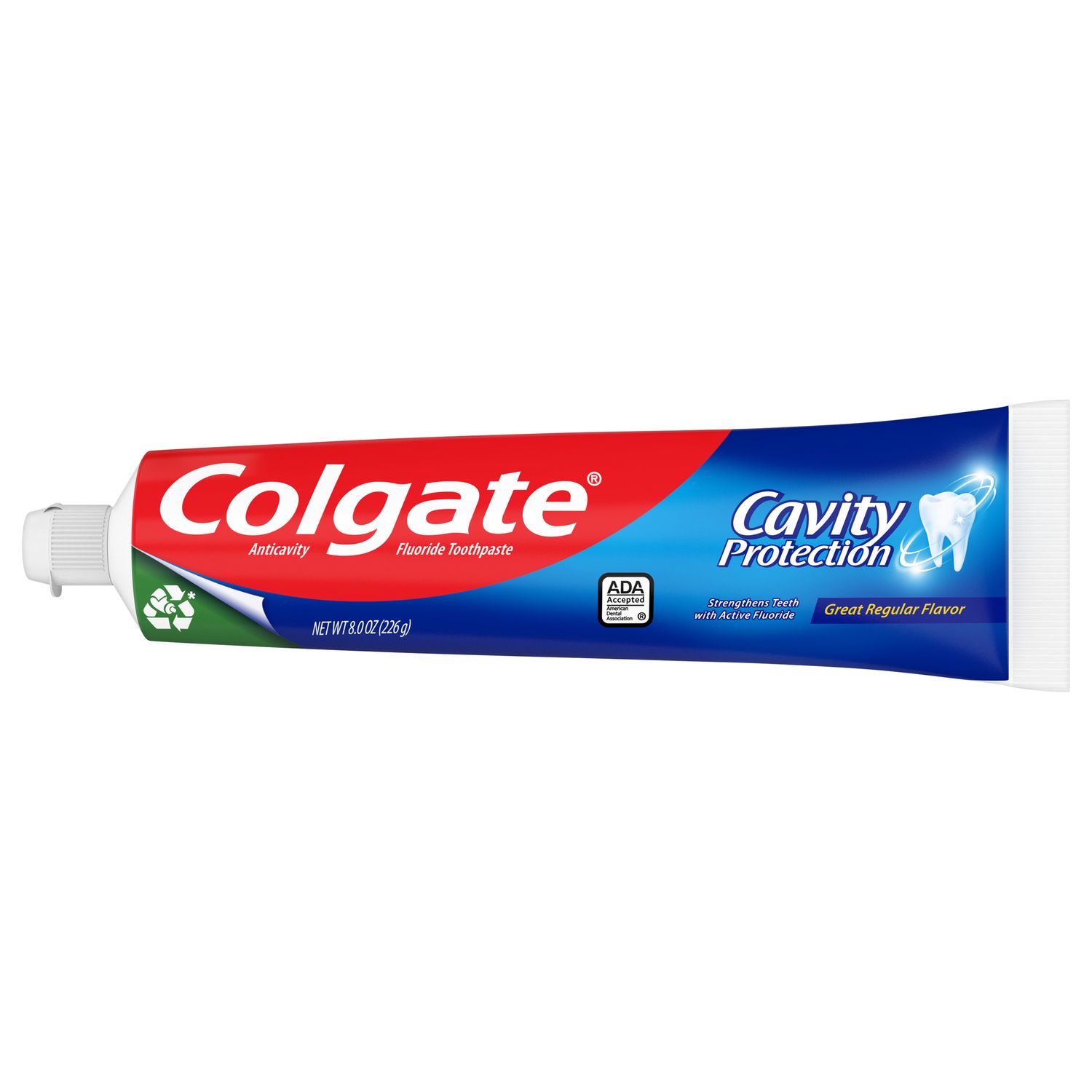Types of Longitudinal Fractures
1. Craze Lines:
While craze lines are considered a fracture, they’re not considered a dental emergency and generally do not need treatment. That’s because these lines only affect the tooth enamel and do not cause pain. Teeth grinding, nail-biting, or changing temperatures in the mouth may cause these types of fractures. While these cracks should not cause concern, some adults seek out cosmetic fixes like teeth whitening.
2. Fractured Cusp:
Fractured cusps occur when a piece of a tooth’s chewing surface breaks off, typically near a filling. This type of fracture usually does affect your pulp or cause pain and typically can be repaired through a filling or crown.
According to a report in the Journal of Clinical & Diagnostic Research, fractured cusps are the most common type of longitudinal fracture. A number of conditions may cause them:
- Teeth weakened by restorations
- Large cavities
- Age
- Traumatic injuries
- Abnormal biting habits, such as teeth grinding
If you do have a fractured cusp and experience pain or sensitivity to cold fluids, reach out to your dental professional for immediate attention.
3. Cracked Tooth:
A cracked tooth is when a crack extends from the crown of the tooth toward the root, though the tooth is not split into pieces. This fracture is more extensive than a fractured cusp and, therefore, more likely to affect the nerve of the tooth. There are several possible causes for a cracked tooth, including:
- Teeth grinding
- Dental work that weakened the tooth
- Trauma to the tooth
Treatment will vary based on the location and extent of the crack, which your dentist may need to investigate. If the nerve of the tooth is affected, an endodontist might perform a root canal treatment. If the crack extends down below the gumline, the tooth may need to be extracted.
4. Split Tooth:
A split tooth is a complete fracture from the crown that extends below the gumline through the middle of the tooth. This is usually the result of an untreated cracked tooth, as the fracture extends over time, it can happen either suddenly or due to the long-term growth of the crack. The tooth may require extraction, but in some cases, an endodontist may save a portion of the tooth and complete a restoration to make the tooth functional.
Who Treats a Longitudinal Fracture?
Depending on what causes a longitudinal fracture and what kind you have, different specialists may be required to diagnose and treat your problem. For example, endodontists have additional training in finding the cause of tooth pain and performing procedures on the interior of the tooth, according to the AAE. They may diagnose a longitudinal fracture or perform root canal treatment.
Alternately, prosthodontists work on tooth restoration to maintain its health, function, comfort, and appearance. They do so by saving and restoring natural teeth or replacing missing teeth with crowns, veneers, bridges, or dentures. When it comes to longitudinal fractures, they would be involved in restoring the tooth with a filling or crown.
Longitudinal Fracture Treatment
If your dentist diagnoses you with one of these longitudinal fractures, rest assured that treatment options are available to help make your mouth healthy again. While more severe cases might call for a root canal procedure or extraction, smaller fractures might be solved by a filling. If you experience any sudden pain in a tooth, see your dental professional as soon as possible for a diagnosis.
Longitudinal fractures might seem frightening or unfamiliar, but don’t worry—the sooner you contact your dental professional, the sooner you can get examined and start treatment. While longitudinal fracture causes aren’t always preventable, maintaining excellent oral health in the meantime can help prevent decay and enamel weakening. That includes brushing twice daily with fluoride toothpaste and soft-bristle toothbrush and cleaning between your teeth daily with floss or another interdental device. Also, be sure to visit your dental professional every six months for regular checkups. The more you maintain your teeth’s health, the more long-lasting strength and sparkle they’ll have!
Oral Care Center articles are reviewed by an oral health medical professional. This information is for educational purposes only. This content is not intended to be a substitute for professional medical advice, diagnosis or treatment. Always seek the advice of your dentist, physician or other qualified healthcare provider.
ORAL HEALTH QUIZ
What's behind your smile?
Take our Oral Health assessment to get the most from your oral care routine
ORAL HEALTH QUIZ
What's behind your smile?
Take our Oral Health assessment to get the most from your oral care routine















